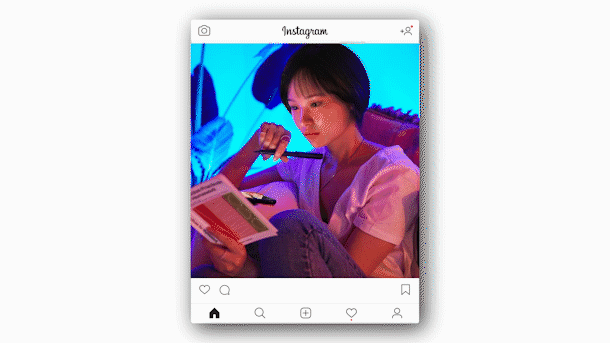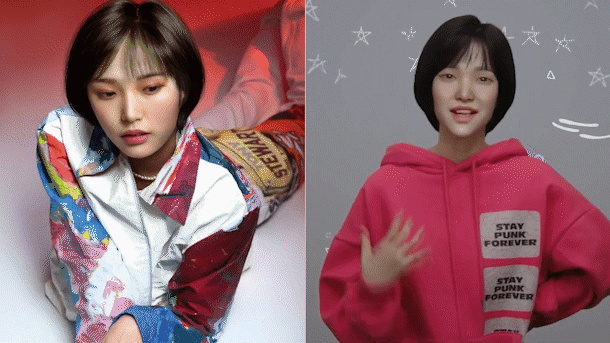[VIDEO] Meet Korea's virtual influencers
Meet Vincent. The first time you look into his eyes, you might get lost in them. His deep gaze contrasts with the softer wrinkles imprinted on his face and they almost seem to peer into the soul.
But there’s one thing you should know. Vincent isn’t real. He's 100-percent computer generated by Korean computer graphics company Giantstep. And he's not alone in his digital universe.
![Vincent, created by Giantstep.[GIANTSTEP]](https://koreajoongangdaily.joins.com/data/photo/2021/03/01/62aab4e7-7c76-4c6b-9f68-7ff2f38e5a99.gif)
Vincent, created by Giantstep.[GIANTSTEP]
Dubbed "virtual influencers," these impeccable figures aren’t that different from real influencers. Their eyes are set on the same prize: the attention of social media users. They do so by showcasing that they're more than just animated characters. And the detail of this strange resemblance to human life is undeniable.
Let's take a closer look at more of these digital celebrities.

From left: Sua, Rozy and Reah Keem.
While browsing, you'll probably also come across Reah Keem's profile. She's the brainchild of LG Electronics and also a charismatic DJ.
So, what's the point of all of this?
More companies big and small are taking the leap and venturing into this digital celebrity sphere. And there's a lot of business potential in this world, and these virtual influencers might even be more attractive than their human counterparts.
A huge success figure we can look at is Lil Miquela, a 19-year-old virtual influencer conceptualized by U.S. start-up Brud. She earned over 10 million dollars last year by charging 8,000 dollars for every sponsored post.
Meanwhile, Shudu, the digital supermodel, has landed real-world contracts with prominent fashion and electronics brands like Samsung and Balmain.
These virtual stars don't have to fret about the coronavirus or not being able to travel. And since their every movement is mapped out ahead of time, they definitely won't make any costly faux pas.
But to many Koreans, the concept of a digital celebrity is somewhat familiar, thanks to the once popular digital singer Adam, who debuted in 1998. The rendering quality is by no means comparable to the current generation's technological sophistication. But in a way, today's virtual influencers have it harder since they walk a thin line between appearing real and almost too real.

The format, for example, can usually be a good determiner. Reah looks human-like in her photos, but the effect wanes in videos. The same goes for Sua, who's able to mimic delicate facial expressions in the short-video format, but when you zoom in to her dancing, it produces an eerie effect that's known as the "uncanny valley" — or when something feels almost real but not quite human.
Maybe that's why Rozy only exists in still images now. Her company Sidus Studio X is planning to produce footage soon though, so Rozy can interact with her fans in real time.
People in the Korean computer graphics industry say that it takes several advanced steps to develop a human-like avatar that can actually interact with people. They say there are two ways progress can be made — the first, from digital rendering that may help produce a more human-like appearance and secondly, by employing artificial intelligence to
enable real time interaction.
We’re living in an era where you don’t even have to exist to make millions on social media. And that means, quite literally, anyone can become an influencer today.
BY PARK EUN-JEE VIDEO BY JEON TAE-GYU [jeon.taegyu@joongang.co.kr]










with the Korea JoongAng Daily
To write comments, please log in to one of the accounts.
Standards Board Policy (0/250자)